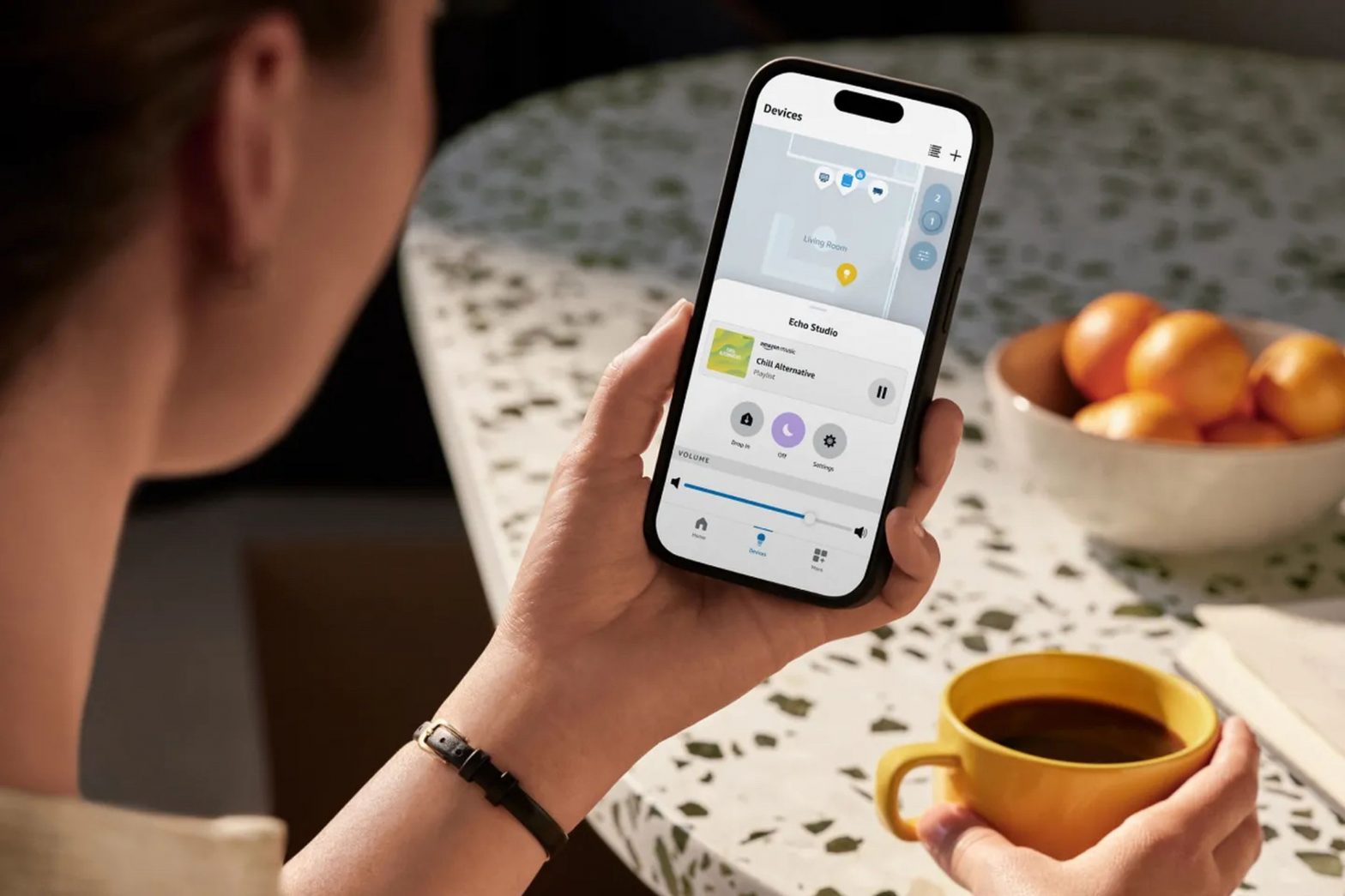/
The new Map View in the Alexa app is now available in public preview, adding a visual way to manage and control your smart home devices.
Share this story
If you buy something from a Verge link, Vox Media may earn a commission. See our ethics statement.
:format(webp)/cdn.vox-cdn.com/uploads/chorus_asset/file/25083638/Map_View_Image_1.jpg)
Finally, no more scrolling through an endless list of devices named “First Motion Sensor” or “Fourth Light” in Amazon’s Alexa app. The smart home controller is getting the option of a new user interface — Map View.
Launching November 14th in public preview, the new map interface allows you to create a digital version of your home’s floor plan and pin your Alexa-connected devices to each room. “Now you have a single place where you can quickly check the status of everything, see which Echo is playing music, see the temperature, see if lights are on or off, and everything is controllable from the map,” Amazon’s Charlie French, director of smart home, explained in an interview ahead of the launch.
First announced at Amazon’s fall hardware event in September, Map View is opt in, and if you signed up to be notified about it, you should receive an email to try it out this week, says French. The preview is currently closed, so if you missed out, you’ll have to wait until Amazon opens it up again.
The interface is launching first in the Alexa mobile app and will come to the new Echo Hub smart home controller in early 2024. That device is due for release later this year.
Once the map is created, you should be able to drag and drop your devices to each room and control them from there in the app. You only need to build the map once, French says, but you can add and delete devices at any time.
French says Map View will work with most devices you can connect to Alexa, including lights, smart plugs, thermostats, compatible cameras, and Echo devices. You can adjust a light’s brightness, turn it on or off, adjust a thermostat, turn up the volume on an Echo device, and see a live view from a camera on the map. You can also control multiple devices at once with an “all on, all off” control for each room.
To set up Map View, you need a compatible lidar-equipped iOS device (Pro and Max iPhone models iPhone 12 and newer or a fourth-gen iPad Pro or newer). Once it’s configured, the map can be accessed on any iOS device, and you can add and remove devices at will. French says the company estimates it should take about one minute per room and one minute per 10 devices to set up the initial map.
:format(webp)/cdn.vox-cdn.com/uploads/chorus_asset/file/25083669/IMG_9190.jpeg)
I started playing with it this morning having just gotten access and managed to scan two rooms, but it took me about 30 minutes to get those set up correctly. I have an open plan on the first floor, and that was causing some issues. But the scanning part itself was easy; I just held up my iPhone and walked around, and the iPhone mapped each room. My issue was getting each room to line up with the others to create the map as I don’t have a lot of distinct doorways for it to latch onto.
You don’t have to scan every room in your house, and you can choose which devices are included, says French. The Alexa app doesn’t pull in all your smart home gadgets based on the rooms you create, though, which might be easier.
The idea of scanning your entire home and uploading it to Amazon’s servers will rightly scare a few folks. But if you’re already fully on board with Alexa and have dozens of devices, this control interface looks like it will be a big improvement on the current method of scrolling through a long list in the app.
French says the map of your home is encrypted and stored securely in Amazon’s cloud. The live images of the home that are captured on the iPhone to create the map are processed locally on your device and not stored.
I’ll be playing around with the new feature and will have some first impressions later this week.
